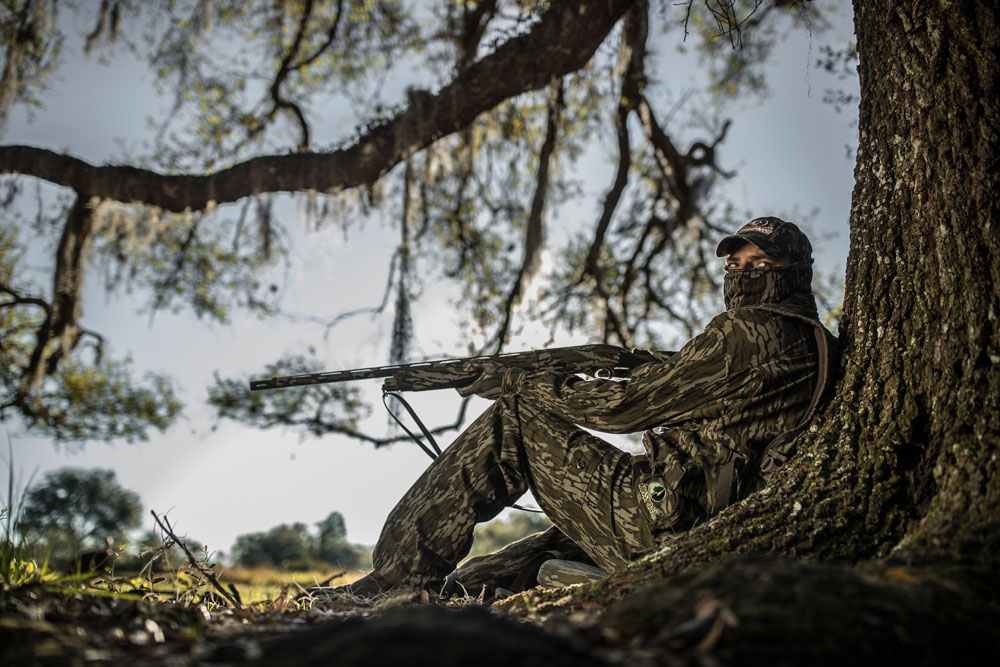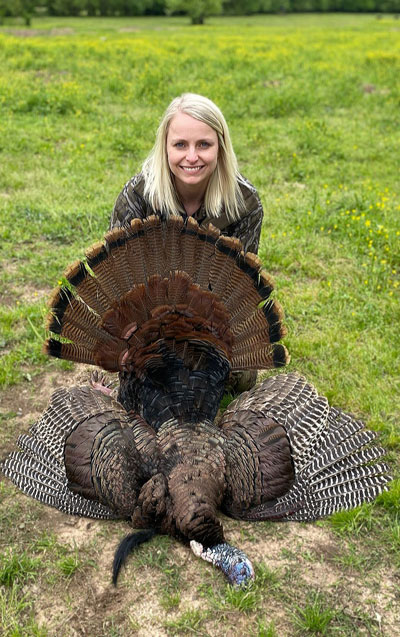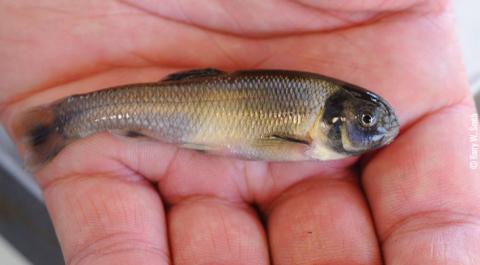Shane Smith

I seriously doubt there is a turkey hunter in the spring woods that hasn’t been out there when the birds simply weren’t gobbling. They just don’t gobble all day every day do they? Why is it that the bird you were chasing yesterday gobbled almost until noon, and today he hasn’t made a peep on the limb or after flydown? It could be hunting pressure, a predator, you name it, for the reason he isn’t gobbling today.
So the question begs, what do you do when they have gone radio silent?
I have 2 different strategies that I employ when I haven’t heard a gobble and KNOW the birds are around:
1. Boots on the ground
 This is when I really put some miles on and log some serious steps on my Fitbit in the hills and hollows searching for a receptive tom. To me, this is a great time to deploy a gobble tube in addition to my yelps. Yes, it may intimidate a younger bird, but also may get that 4-year-old to gobble and come show the youngster who is the boss on this block. I will keep the usual locator calls such as a crow and owl call in my pocket and opt for something a bit different such as a Canada Goose call. It is very loud and there are geese literally everywhere in the country.
This is when I really put some miles on and log some serious steps on my Fitbit in the hills and hollows searching for a receptive tom. To me, this is a great time to deploy a gobble tube in addition to my yelps. Yes, it may intimidate a younger bird, but also may get that 4-year-old to gobble and come show the youngster who is the boss on this block. I will keep the usual locator calls such as a crow and owl call in my pocket and opt for something a bit different such as a Canada Goose call. It is very loud and there are geese literally everywhere in the country.
When I do get out a turkey call to try and elicit a gobble, I prefer a Zink Aluminum Pot Call. It is a very loud call and I get on it as hard as I can to ring out and hopefully bring a gobble back with it. If I feel as though I have walked enough and tried to run-and-gun a bird with no love, I will head for my other contingency plan.
2. Hunt in a high-percentage strut zone
Even if the birds aren’t gobbling every time the wind blows, you can bet your biscuits & gravy they will still want to strut and drag those wings to impress all the single ladies and even the married ones! There are always areas that toms love to strut and be seen. This is the juice when birds aren’t being receptive to traditional calling. A strut zone may be a gas line, high line, right of way, cow pasture, food plot or old roadway - somewhere he can see a good ways and still feel safe. Make sure you approach this area with stealth in case there are already birds in the zone/field. When you find a good spot to set up, get comfortable. You very well may be there a while.
I usually opt for an Avian-X Quarter Strut Jake and Avian-X breeder Hen for this set up. If you want to deploy a full strut decoy that is fine as well. I will call at a normal cadence and volume about every 10-15 minutes. Don’t think that every bird will come in strutting, gobbling, spitting and drumming to your dekes. Keep your head on a swivel as a lot of birds will simply show up silent. I will try and give an area at least 1 hour of full set-up time before I head to the next one. From my experience, a lot of the birds that just walk in and start strutting without making a sound are those 3 or 4-year-old birds with wide paint brushes and hooks that we all covet.
I am not gonna lie; if turkeys quit strutting and gobbling tomorrow, I would sell my stuff and head back to the lake. However, we all know that isn’t the case. If the birds aren’t being vocal, either get moving and mobile or get to a high-percentage strut zone to put the odds in your favor of tagging that tight-lipped gobbler.






























